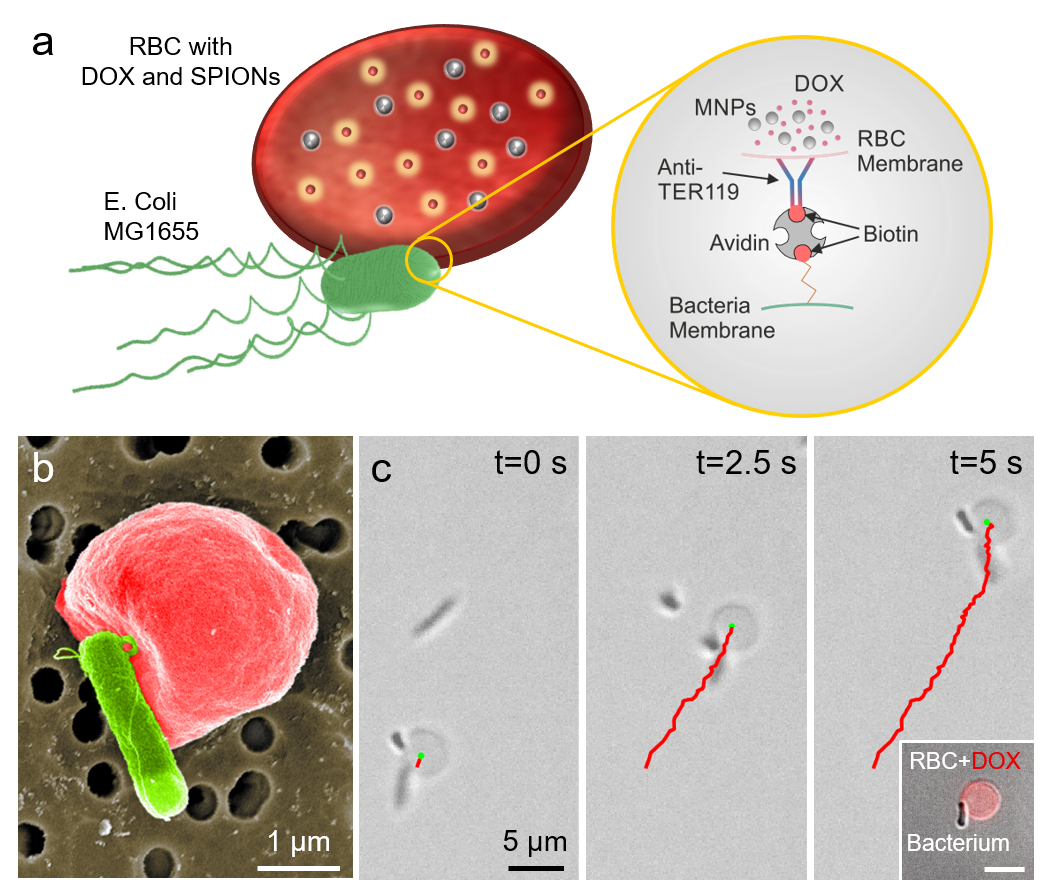Enhanced Flexible Mold Lifetime for Roll‐to‐Roll Scaled‐Up Manufacturing of Adhesive Complex Microstructures
Bioinspired Microstructured Adhesives with Facile and Fast Switchability for Part Manipulation in Dry and Wet Conditions
Smart Materials for manipulation and actuation of small-scale structures
3D nanofabrication of various materials for advanced multifunctional microrobots
Liquid Crystal Mesophase of Supercooled Liquid Gallium And Eutectic Gallium–Indium
Machine Learning-Based Pull-off and Shear Optimal Adhesive Microstructures
Information entropy to detect order in self-organizing systems
Individual and collective manipulation of multifunctional bimodal droplets in three dimensions
Microrobot collectives with reconfigurable morphologies and functions
Self-organization in heterogeneous and non-reciprocal regime
Biomimetic Emulsion Systems
Giant Unilamellar Vesicles for Designing Cell-like Microrobots
Bioinspired self-assembled colloidal collectives drifting in three dimensions underwater
Blood cell based microswimmers

Bacteria-powered biohybrid microswimmers have recently shown to be able to actively transport and deliver cargos encapsulated into their synthetic constructs to specific regions locally. However, use of synthetic materials as cargo carriers can result in inferior performance in load-carrying efficiency, biocompatibility, and biodegradability, impeding clinical translation of biohybrid microswimmers. In this project, we report construction and external guidance of bacteria-driven microswimmers using red blood cells (RBCs, erythrocytes) as autologous cargo carriers for active and guided drug delivery. Multifunctional biohybrid microswimmers were fabricated by attachment of RBCs (loaded with anti-cancer doxorubicin drug molecules and superparamagnetic iron oxide nanoparticles (SPIONs)) to bioengineered motile bacteria, E. coli MG1655, via biotin-avidin-biotin binding complex. Autonomous and on-board propulsion of biohybrid microswimmers were provided by bacteria, and their external magnetic guidance was enabled by SPIONs loaded into the RBCs. Furthermore, bacteria-driven RBC microswimmers displayed preserved deformability and attachment stability even after squeezing in microchannels smaller than their sizes, as in the case of bare RBCs. In addition, an on-demand light activated hyperthermia termination switch was engineered for RBC microswimmers to control bacteria population after operations. RBCs, as biological and autologous cargo carriers in the biohybrid microswimmers, offer significant advantages in stability, deformability, biocompatibility, and biodegradability over synthetic cargo-carrier materials. The biohybrid microswimmer design presented in this study transforms RBCs from passive cargo carriers into active and guidable cargo carriers toward targeted drug and other cargo delivery applications in medicine.
Members
Publications

